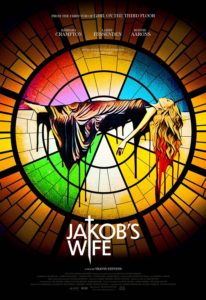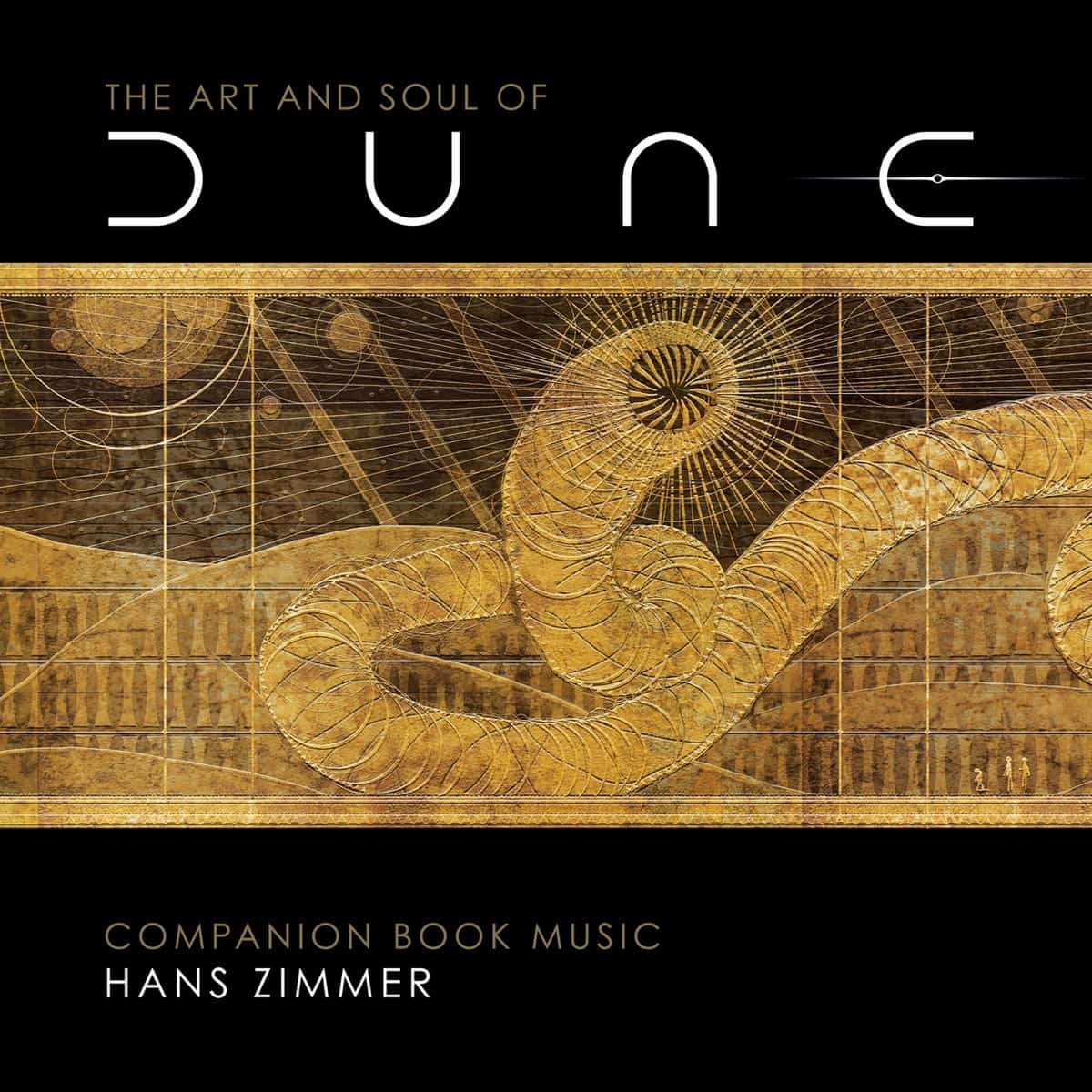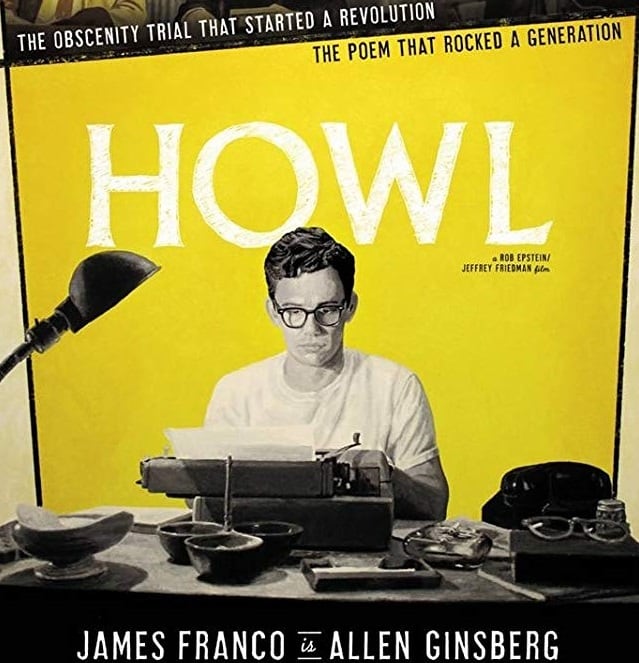
Focusing on a woman taking control of her own narrative, the Travis Stevens-helmed Jakob’s Wife is, like its score, an experience of dread and wonder. The film, led by a career best performance by Barbara Crampton (You’re Next, Re-Animator), focuses on Anne (Crampton), the wife of a minister (played with Jack Nicholson-esque gusto by filmmaker Larry Fessenden) who, for the most part, is the face of their marriage. When Anne is attacked by a vampire, she not only develops a taste for blood, but also discovers herself in the process.
An effective film for many reasons, one profoundly important ingredient into the stew that is Jakob’s Wife is the score by I Speak Machine’s Tara Busch. This is Busch’s solo film composing debut and boy is it quite the debut. Right from the opening cue of “Amelia’s Walk,” Busch quickly transports listeners and audience members into a solemnly eerie yet gorgeous world of ethereal mood, with haunting piano and Busch’s ghostly vocals providing a skeleton of what’s to come. That opening cue allows its listeners to be lost in a trance that, like a ghost, floats through them; they can FEEL the film.
There’s a disappointment in Anne, a certain “THIS is what my life has become?” This sadness becomes exhilaration when Anne is turned. The piano plays a massive part in what makes Busch’s score work so well with the film, almost as if its simplicity causes the film’s score to be scarier than any zingers that some genre scores rely on. The subtlety of “Behind Her” leads into quite easily one of the most terrifyingly quiet cues around in “I Think Feel You.” The score eventually leads into the organ-like sounds of “I Won’t Bite,” a track that, like the film itself, gives you an uncomfortable yet enthralling experience. The cue’s high-pitched squeals work so very well to help bring a sense of dread and unknown terror. While the film itself can be comical at times, the choice of keeping the music terror-filled is an inspired one, never resorting to anything resembling playful (aside from the cover of Concrete Blonde’s “Bloodletting,” which Busch tackles completely solo, providing a musical highlight for the film).
While the film’s cues are short and many, each one plays well together to create one of the most unique moods in recent horror. Only 39 seconds long, “The Case of Stakes,” grabs you with its bass foundation and Texas noir-like guitar work, working together to establish one hell of an amount of tension, much like the entire album. A great score can live its own life, and Busch’s Jakob’s Wife is just that type of score: 49 cues that really could, and should, be listened to on their own.
It’s wild to think that Jakob’s Wife is the first go-round for Busch, as it is quite an impressive score. A great example of how to create an ethereal-like world with music and help make a film REALLY stand out. Through the combination of Busch’s exceptional work and one hell of a performance by Crampton, the score and film one-two punch is quite the experience.
About the Author: Harper Smith is a film composer and journalist from California. When not writing about films and the music found within them, they release instrumental music as RainyDaysForGhosts and their debut book, Faith, Doubt, and Existential Horror (an analytical look at William Peter Blatty’s Faith trilogy) is hitting shelves next year via Bear Manor Publishing.



